PVC ball valves are considered to be one of the most reliable and commonly used valves for main water shutoffs and branch line shutoffs. This type of valve is an on or off valve, which means that it should be completely open, allowing full flow, or completely closed, stopping all water flow. They are called ball valves because there is a ball inside that has a hole in the middle that is connected to the handle that opens and closes. At times, you may find it necessary to loosen a PVC ball valve because it’s stuck, or it’s tight because it’s new. To help you when this happens, we have a few quick steps you can take to loosen PVC ball valves:
Attempt to loosen by hand
Use lubricant and wrench
Loosen with water on
Let’s take a look at these steps in more detail.
Loosen Your PVC Ball Valves with These Easy Steps
When you find that you have a PVC ball valve that just doesn’t want to budge, try these three steps to loosen it:
Step 1: First, you will need to turn off the water supply to your home at the main shutoff valve. Then, give the ball valve a try by hand. Attempt to loosen the valve by opening and closing it several times by turning its handle. If you aren’t able to loosen it this way, move on to Step 2.
Step 2: For this step, you will need lubricating spray, a pipe wrench, and a hammer. Spray the lubricant onto the valve where the valve handle enters the actual valve body and let it sit for about 20 minutes. Then, try loosening the valve by hand again. If it doesn’t move, or is still difficult to turn, tap it lightly with the hammer. Then, position the pipe wrench around the handle of the valve to turn it (you may want to place a piece of cloth or rag between the wrench and the handle, so you don’t damage the valve). Try using the wrench to turn the handle. If it moves, keep turning it off and on for a couple of minutes to loosen it and move to Step 3.
Step 3: Now that the valve is moving, turn the water back on at the main shutoff valve and keep turning the PVC ball valve until the looseness reaches the desired level.
Step 4: If you’ve attempted the first three steps and the valve still won’t move, you’ll need to replace the ball valve so you’re system will function properly.
Helpful Tips for Lubricating and Loosening Your Ball Valves
Here are some useful tips that will help you lubricate and loosen the ball valves that you have in your home piping systems:
• If you have fish-ponds with ball valves attached to stop the flow of water to the pump and filter for cleaning, be sure to use a silicone lubricant. This type of lubricant is safe for the fish.
• Keep the tools and materials you may need to loosen PVC ball valves on-hand. That way, you won’t have to make a run to the hardware store in the event you have a stuck valve. Some items that are helpful to have on hand are: a PVC hacksaw, PVC primer and glue, a pipe wrench, a hammer, and lubricant spray.
• In new installations, or when you’re replacing a ball valve, lubricate the valve before you connect it to PVC pipes.
• When you are installing a new ball valve, use a union fitting. This will allow for easy access to the ball valve without the need to cut the pipe in the future.
Benefits of Using Ball Valves
Explore more:How Do Indexable Tools Keep Their Edge?Parts of a ball valveWhat is the stator in a DC motor?What is cylindrical gears?How does a 1-inch diaphragm pump work?What is precision surface finishing?Where can EVI DC Inverter Heat Pumps be used?Even though ball valves may become stuck or hard to move, they are very useful because they are long-lasting and durable. They have an ability to work efficiently even after years of disuse. Additionally, with ball valves, you can cut the water flow off quickly when you need to, and because of the lever-like handle, you can tell at a glance whether the valve is on or off. Should you need to loosen a new or tight ball valve, you can see from the above steps that it shouldn’t be too difficult.
How to Replace a Shutoff Valve
You can spend time rebuilding the old valve, but the problems will just reappear years from now. The best way to deal with bad valves is to replace them with modern quarter-turn ball valves. They rarely lock up, leak or wear out and best of all, they'll take just an hour or so to install. Here's how to put them in.
Identify the valve connection style
A shutoff valve connects to copper plumbing pipes in one of two ways:
Compression fitting
Sweat fitting.
Identify the connection type used in your home by referring to the photos below.
If you have an older home with galvanized pipes, we suggest hiring a plumber to do the switch out. Unscrewing the old valve and screwing on a new one may seem easy enough. But if the pipe is rusted internally or the threads are rotted, this ‘simple’ plumbing job can turn into a plumbing nightmare. If your home is plumbed with PEX or plastic pipe, these instructions don’t apply.
Once you identify the connection type, buy a quarter-turn shutoff ball valve to match the size of the incoming copper pipe and the size of the supply tube connection. If you’re replacing a sweat valve, you’ll need a torch, flux, solder, emery cloth, wire brushes and a flame protection cloth to shield the wall. This is also a good time to replace an old supply tube and a corroded escutcheon (wall trim plate). Sorry to burst your bubble, but you need to stop believing these 10 plumbing myths ASAP!
ECM Synchronika: Inlet Valve Replacement
- Flat head screwdriver 1/4"-5/16"
- #1 Phillips screwdriver
- 10mm, 13mm, 14mm, 17mm open ended wrenches
- Teflon plumber's tape
4. Remove the elbow fittings from the faulty part and then reinstall them on the new part. Be sure the elbow fittings are installed and oriented the correct way. Teflon plumber's tape on the elbow fitting threads will help prevent leaks. Note: a bench vise may be necessary to loosen stubborn fittings.
5. The installation process for the new ball valve is just these steps in reverse. Make sure all connections are tight, but not overly so - brass/copper fittings are especially prone to damage from over-tightening.
You should now be able to fully remove the old ball valve from the machine. To avoid confusion as you proceed, it can be helpful to mark the faulty part with an "X" using a marker.4. Remove the elbow fittings from the faulty part and then reinstall them on the new part. Be sure the elbow fittings are installed and oriented the correct way. Teflon plumber's tape on the elbow fitting threads will help prevent leaks. Note: a bench vise may be necessary to loosen stubborn fittings.5. The installation process for the new ball valve is just these steps in reverse. Make sure all connections are tight, but not overly so - brass/copper fittings are especially prone to damage from over-tightening.
Explore more:What is an Off-Highway Vehicle Controller?What is bellow seal globe valve?What are Applications of Gravel Pumps?What are the benefits of Flat Wire Compression Springs?Can Plastic Be CNC Machined?What are the application fuilds of rapid prototyping process?What is precision surface finishing?



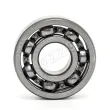
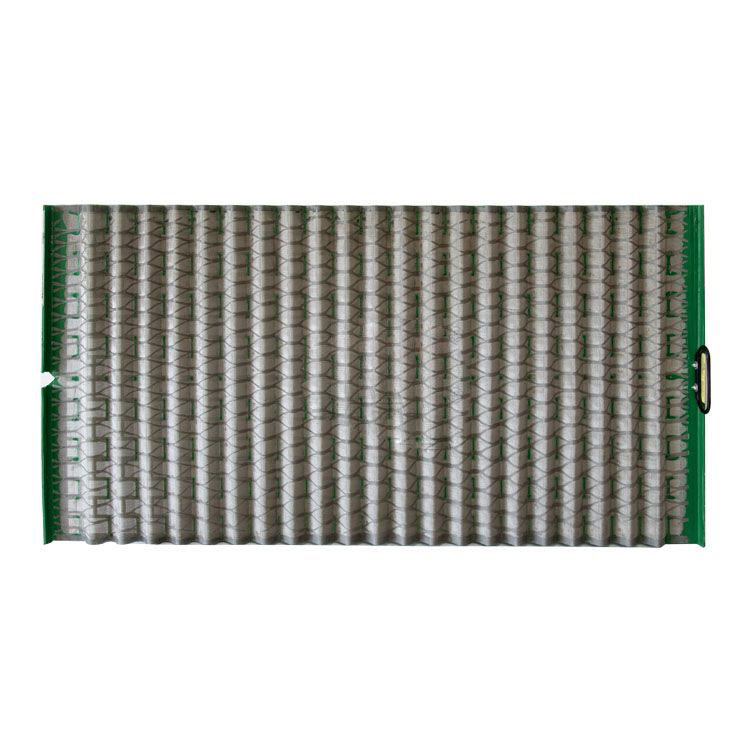
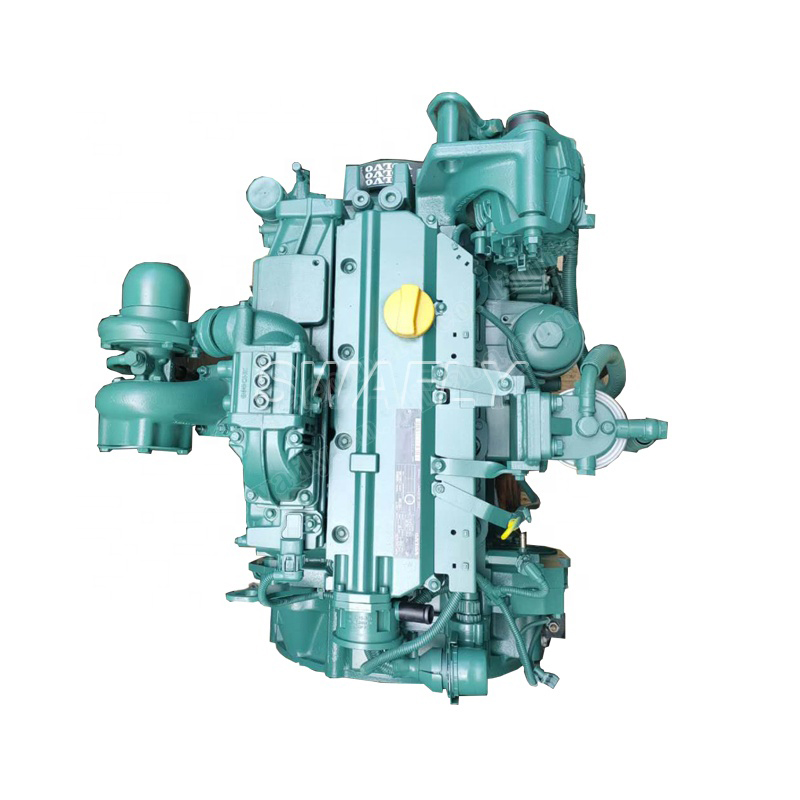
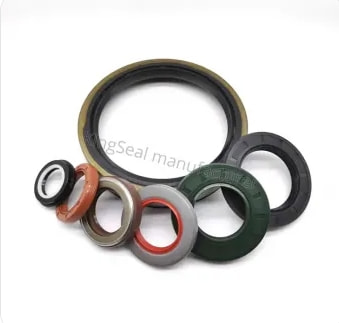
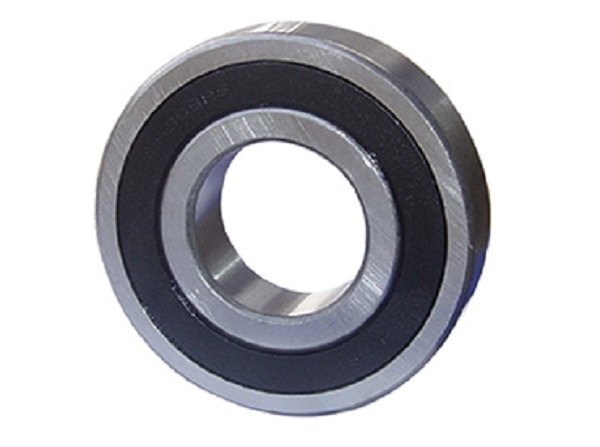
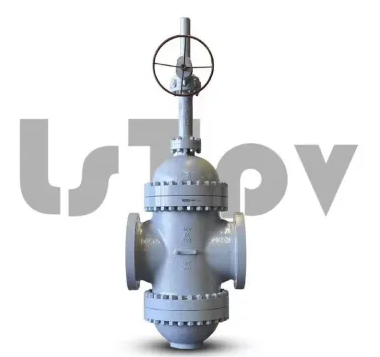
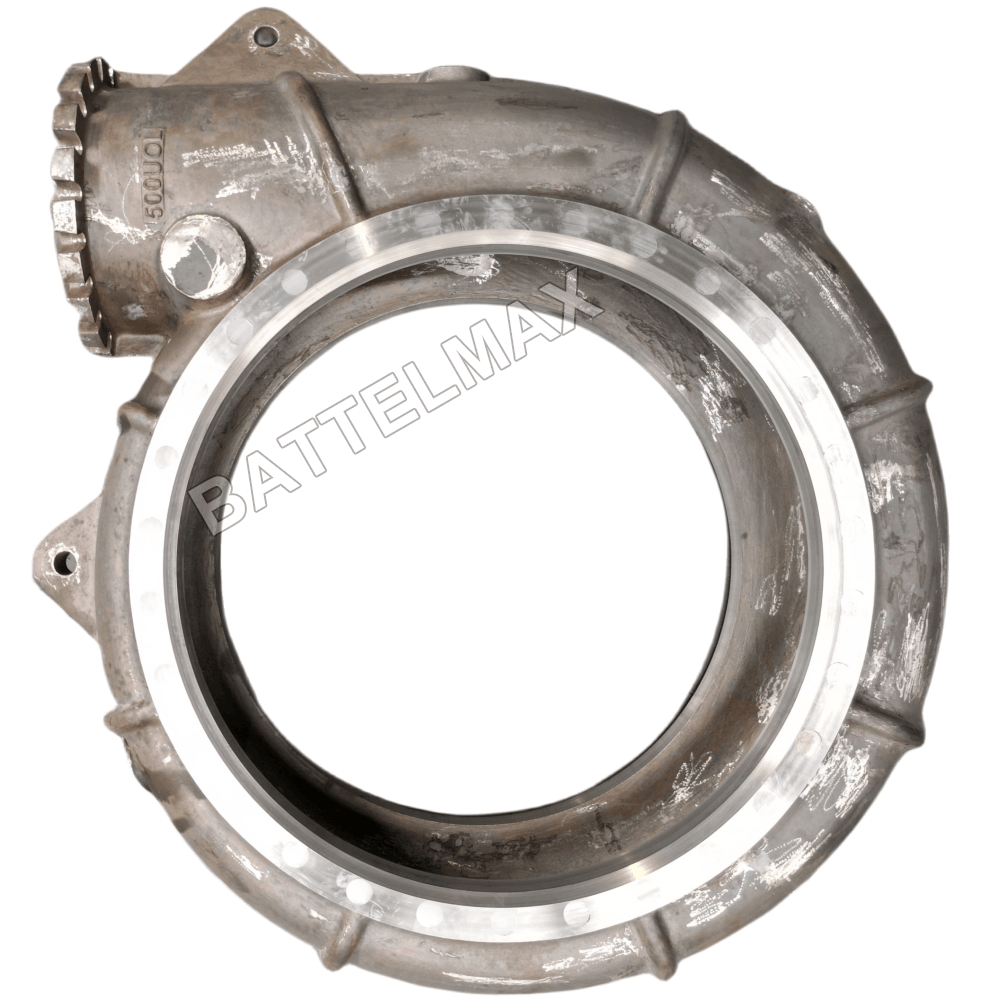
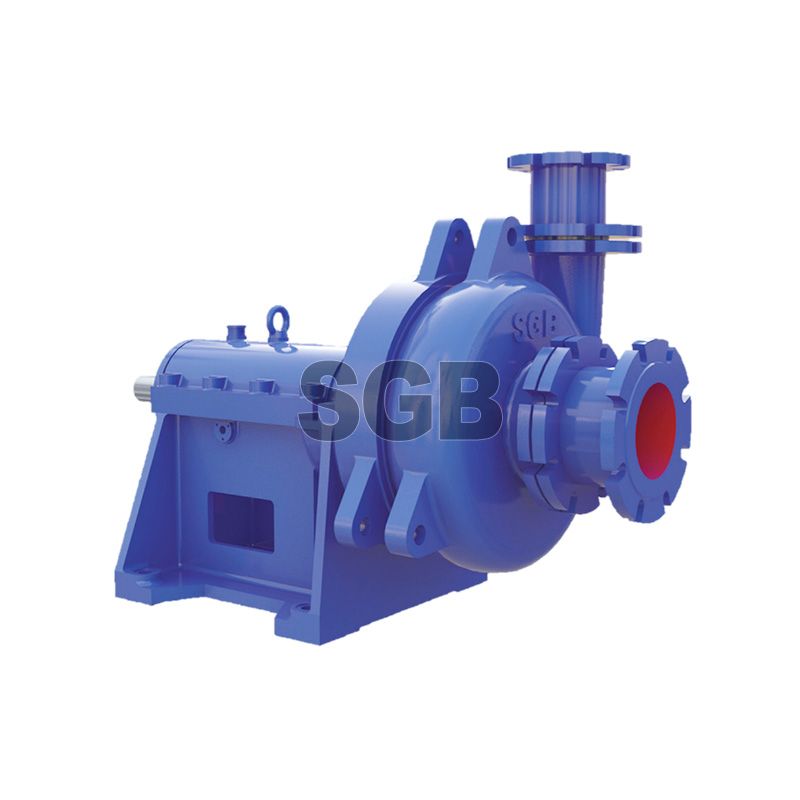
Comments
Please Join Us to post.
0